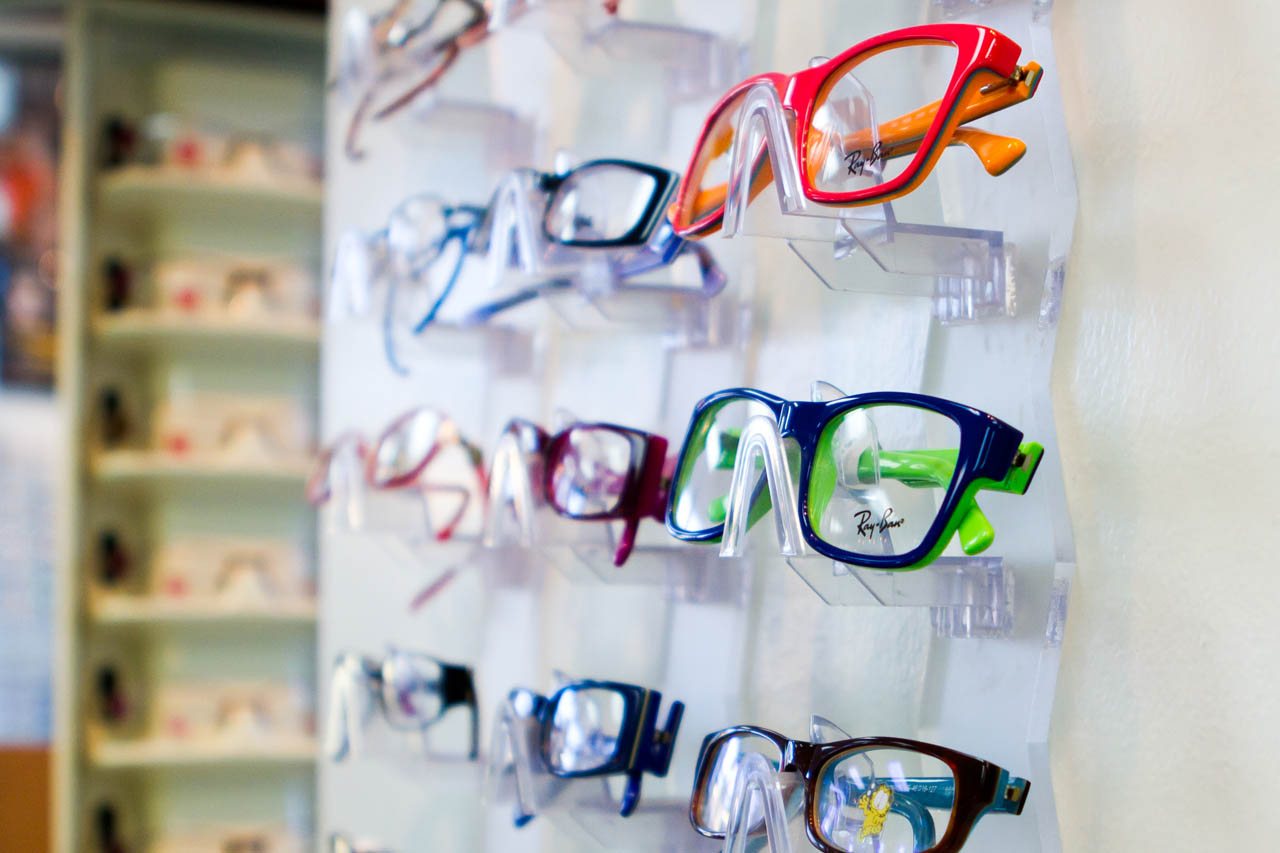What Is a Glaucoma Test?
 Glaucoma is the generalized name for a group of eye diseases that damage the optic nerve of the eye, preventing the eye from sending accurate visual information to the brain. Glaucoma tests are designed to test your eyes for one of the key signs of the disease—increased eye pressure—however only a comprehensive eye exam can reveal whether or not you have glaucoma. Increased pressure inside the eye is often a key indicator of glaucoma, though not exclusively so. Optometrists can use a number of tests for eye pressure, but will, by default, check for signs of glaucoma as part of a detailed examination of the optic nerve and retina. An additional test called Optical Coherence Tomography (OCT) or Visual Field Test may also be performed to give your optometrist information about any potential damage done to your optic nerve because of the pressure.
Glaucoma is the generalized name for a group of eye diseases that damage the optic nerve of the eye, preventing the eye from sending accurate visual information to the brain. Glaucoma tests are designed to test your eyes for one of the key signs of the disease—increased eye pressure—however only a comprehensive eye exam can reveal whether or not you have glaucoma. Increased pressure inside the eye is often a key indicator of glaucoma, though not exclusively so. Optometrists can use a number of tests for eye pressure, but will, by default, check for signs of glaucoma as part of a detailed examination of the optic nerve and retina. An additional test called Optical Coherence Tomography (OCT) or Visual Field Test may also be performed to give your optometrist information about any potential damage done to your optic nerve because of the pressure.
How Does Glaucoma Testing Work?
A glaucoma test is usually part of a routine eye exam. Both types of glaucoma tests measure internal pressure of the eye.
Learn More
Special thanks to the EyeGlass Guide for informational material that aided in the creation of this website.
